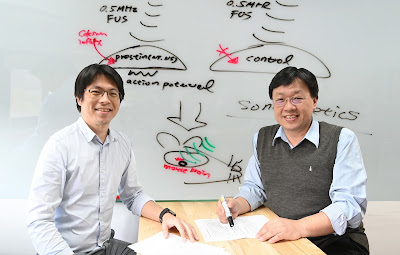University develops new treatment for Parkinson's disease
KUALA LUMPUR, March 12 -- Ultrasound is widely used for conducting physical examinations, and plans are underway to expand its application to treat Parkinson's disease, dementia and diabetes.
The National Tsing Hua University’s research team has successfully improved the motor symptoms of Parkinson’s disease in mice by injecting cellular proteins that are highly sensitive to ultrasound waves into the deep brain region and afterwards using ultrasound to activate the neuron cells.
The research was led by Associate Professor Yu-Chun Lin of the Institute of Molecular Medicine and Professor Chih-kuang Yeh of the Department of Biomedical Engineering and Environmental Sciences.
Their innovative research has been published in the January issue of Nano Letters, and their non-invasive treatment has already been patented in Taiwan and the United States, according to a statement.
“Parkinson’s disease and Alzheimer’s disease are caused by the degeneration and death of the cells in the brain. But once the cells with prestin gene fragments have been transplanted into the target area, ultrasound can be applied to awaken atrophied cells so that they can begin to form new neural connections,” said Yeh.
The team has produced a video showing how a mouse with Parkinson's disease stops short while crossing a wooden bridge and how the same mouse, following cell transplantation and ultrasound treatment, crosses the bridge easily.
It has also been found that the treatment results in a significant increase in dopamine levels in the brain, demonstrating its effectiveness in the treatment of Parkinson's disease. The same procedure can also be used to treat diabetes by stimulating insulin-producing cells.
-- BERNAMA

Comments
Post a Comment